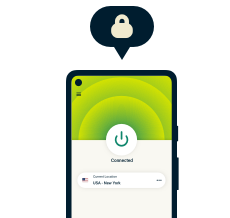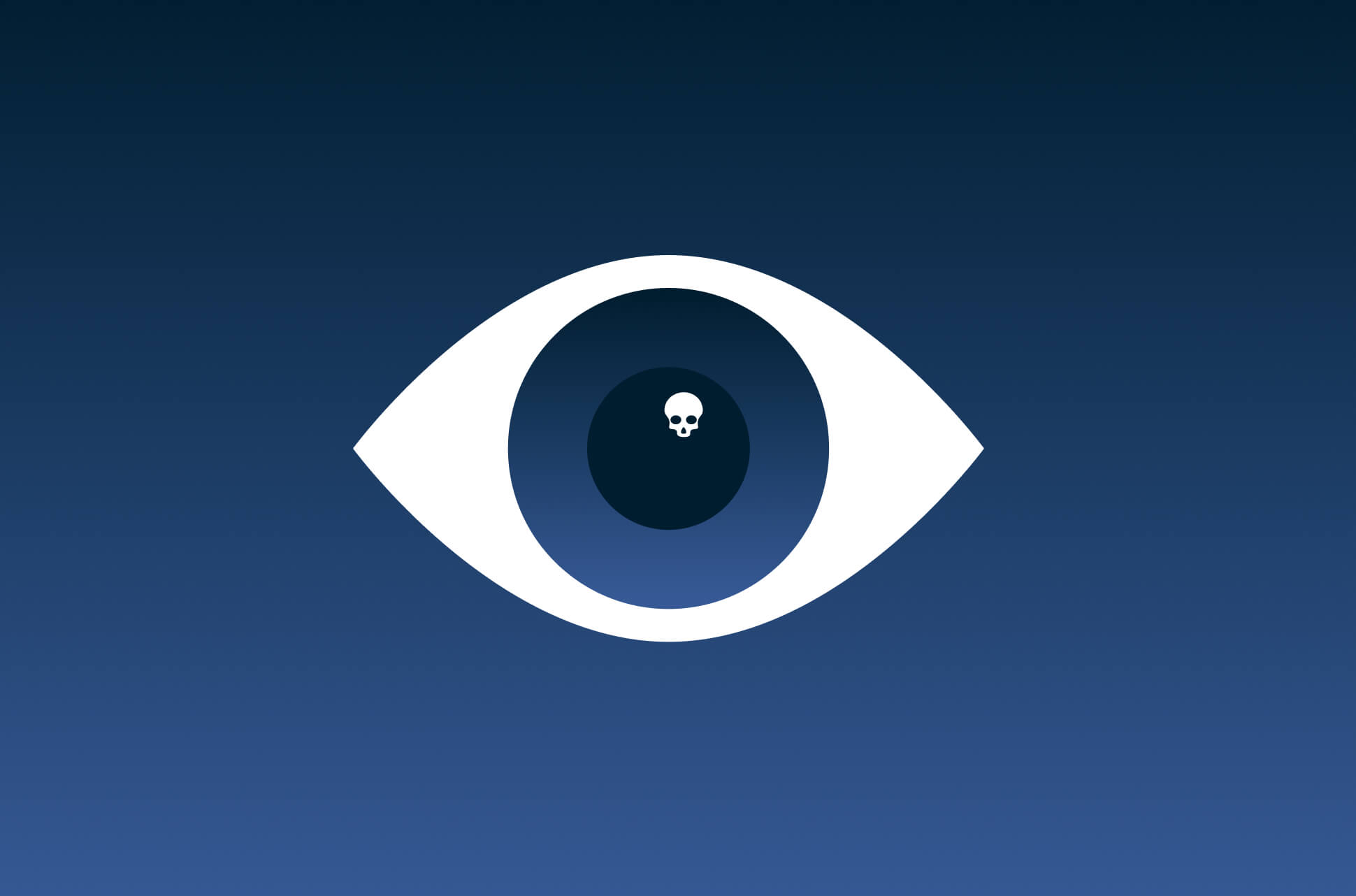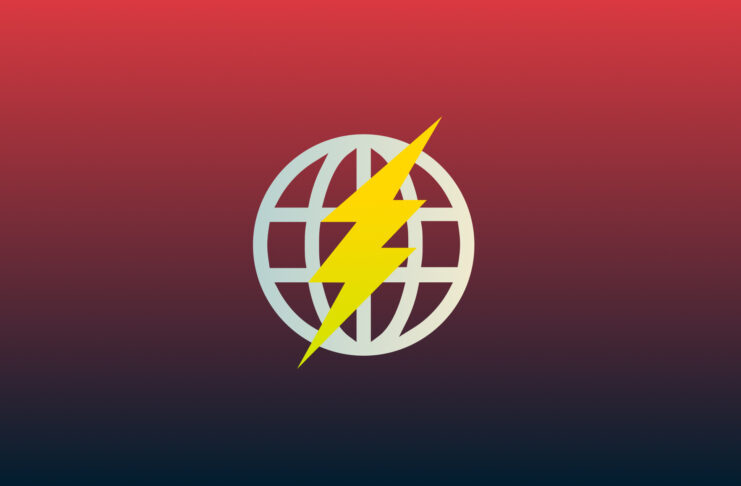Earlier this year, The Most Hated Man on the Internet, a Netflix true-crime show, became a sensation. The docuseries follows the story of Hunter Moore—the controversial founder of Is Anyone Up, a pornographic website dedicated to featuring stolen and hacked images.
In September, meteorologist Erick Adame was fired from his TV news role after NSFW images of him—obtained via a webcam site—were sent anonymously to his employer (and his mother).
Last month, sensitive photos of Wisconsin University’s female volleyball team circulated online without their consent. According to multiple reports, one of the images in question allegedly shows members of the team posing in various stages of undress in the women’s locker room.
While so-called revenge porn is not a new phenomenon, it has become an increasingly common one. In fact, one in 12 U.S. adults reports that they have been a victim of revenge porn—with over 92% of them being female.
To observe International Day for the Elimination of Violence Against Women which took place last week, we’re shining a spotlight on revenge porn, how it’s carried out, and the steps you can take if your private images are shared online without your consent.
[Get more tips on staying safe online. Subscribe to the ExpressVPN Blog Newsletter]
What is ‘revenge porn’?
Revenge porn, also known as non-consensual pornography or image-based sexual abuse, is the sharing of nude, partially nude, or sexually explicit content without the permission of the person in the photo or video.
Even if the images or videos were initially taken with the person’s consent, if they are distributed without the victim’s knowledge or approval, they immediately fall into the category of revenge porn.
The primary intent of revenge porn is to cause embarrassment or distress to its victims. As the term implies, revenge porn is usually driven by the motive of revenge—specifically in the case of female victims. In most of these instances, perpetrators tend to be ex-partners who share sensitive media with the sole purpose of “punishing” the victim for leaving the relationship. That said, revenge does not need to be a motive for non-consensual image sharing to be called “revenge” porn.
In the majority of male victims’ cases, compromising images and videos are shared for the sake of extortion, control, or financial blackmail—an act known as “sextortion.” This is usually carried out by hackers or criminal gangs.
Revenge porn is usually shared anonymously, making it incredibly difficult to find out who the perpetrator is. However, the victim’s identity is usually shared along with the sensitive media, in a bid to tarnish their reputation and open them up to harassment.
Where is revenge porn usually shared?
Pornographic websites
Perpetrators usually upload non-consensual nude images and videos to pornographic websites, as most don’t verify age or consent.
Expose groups
There are social media groups and entire websites dedicated to revenge porn content. Members of these groups actively hunt for, and trade, explicit pictures of women in their close circles.
Dark web
The world of image-based sexual abuse is a highly unregulated one, which is why revenge porn is also commonly found on the dark web.
How are revenge porn images obtained?
Despite it being estimated that 43% of Americans consider nude photos taboo, a recent survey revealed that a third have sent someone an intimate photo of themselves in the past. And, while the majority of revenge porn cases stem from a formerly trusted partner, it’s not always a disgruntled ex who distributes explicit images online.
As seen with large revenge porn scandals, cybercriminals sometimes deliberately hack devices that contain sensitive images and release them en masse. The now-defunct site Is Anyone Up is a prime example of this—as is the 2011 case of Christopher Chaney who hacked the accounts of 50 celebrities, including Scarlett Johansson and Jennifer Lawrence, and posted their nude images online.
Some criminals even try to obtain non-consensual pornography through malware or by hacking into smart tech in a victim’s home—such as security cameras, webcams, or baby monitors. Up to 43% of victims of image-based abuse report that their devices or accounts were hacked.
Deepfake revenge porn is on the rise
Concerningly, due to a rise in AI technology, sexual content doesn’t even need to be produced for it to be shared.
Deepfakes (a combination of the words, “deep learning” and “fake”) are a form of digitally altered media that swaps one person’s likeness with another. They are sometimes used for entertainment, nefarious political purposes, or criminal activity. However, there has been a seismic surge in the rise of non-consensual, sexually motivated deepfakes being used to exploit unsuspecting victims.
According to a recent study, deepfake pornography is currently the most prevalent kind of deepfake being created and circulated online. Worse yet, up to 95% of deepfakes show people who have never consented to this type of content being produced—90% of them women.
Various websites and apps enable users to create ‘deepfake pornography’ by superimposing a person’s face onto the body of someone in a sexually charged image or video. Most of these platforms get removed after just a few months (primarily because of mass reporting from activists) but not before serious damage can be done.
[Learn more about how to detect a deepfake video, here.]
One of the most high-profile cases of ‘deepfake revenge porn’ involved investigative journalist, Rana Ayyub. After she publically accused the Indian government of protecting alleged child abusers, unknown perpetrators circulated deepfake pornography with her face imposed onto another person’s body. The subsequent harassment she received was so bad that the United Nations had to intervene as a result.
What are the consequences of revenge porn?
Psychological distress
Revenge porn is a particularly traumatic crime for its victims. Not only do most victims feel helpless as they struggle to get the non-consensual content removed from various online platforms, but some are even blamed for taking sensitive images and videos in the first place.
According to a study conducted by the Cyber Civil Rights Initiative (CCRI), 93% of revenge porn victims admit that they suffer from significant emotional distress as a result of image-based sexual abuse. Up to 51% of them say that they’ve had suicidal thoughts.
Stalking and harassment
From cyberbullying to death threats, 49% of revenge porn victims state that they have been stalked or harassed online by users who saw their material. Identifying information being posted along with the non-consensual media (including a victim’s full name and home address) also makes them vulnerable to physical harm.
Extortion and blackmail
The malicious act of sextortion sees a perpetrator blackmail a victim by threatening to share sexually explicit images or videos of them unless they do what they ask. This usually involves paying the extorter a large sum of money or performing a certain act.
Reputational damage
Even though there is nothing inherently wrong with taking nude images and videos, when they are unwillingly circulated online—or shared with family members, friends, colleagues, or bosses—they could have a detrimental effect on the victim’s personal life or career.
As revenge porn, like any image, is incredibly difficult to scrub from the internet, it can also affect a victim’s reputation for years to come, further jeopardizing any future prospects.
Revenge porn laws
Historically, there used to be little to no consequences for sharing non-consensual nude images or videos online. Until recently, the act of revenge porn wasn’t even considered a crime in the U.S.
However, in recent years, nearly all 50 states have adopted laws that criminalize revenge porn—the majority of them making it illegal to distribute intimate images or videos of someone with the intent to do them harm. In 2017, New York took it a step further, making it a crime to even threaten someone with revenge porn. Activists are also fighting hard to make revenge porn a federal crime.
In the UK, it is also a criminal offense to share private sexual images and videos of a person without their consent—both offline and online—one that’s punishable by up to two years in prison. A planned new law in England and Wales could also see sharing pornographic deepfakes without a person’s consent become a criminal offense.
Many European countries, Canada, New Zealand, and some states in Australia also have privacy statutes in place that protect victims of revenge porn.
In Asia and Africa, however, laws criminalizing revenge porn have been slower to emerge. Despite image-based sexual abuse being prevalent on both continents (with women being the primary victims, and men the main perpetrators), barring the Philippines, Japan, Singapore, Israel, and South Africa, there are still no laws in place that directly target this type of behavior.
5 Steps to take if you’re a victim of revenge porn
Even if you initially consented to sensitive media being taken of you, if it’s being shared without your consent, you have every right to act. Here’s what to do if your private photos are being circulated online without your consent:
1. Record evidence
Keep a record of the explicit material by taking screenshots of all the websites or social media platforms that feature your private images or videos. This includes media that has been manipulated into deepfakes (including the originals), as well as every takedown request you’ve submitted online, and any conversations you’ve had with the alleged perpetrator. This proof can help you build a case further down the line.
2. Request removal
The fastest way to get your photos or videos taken down is to contact the site that hosts the content directly. Look for a “contact us” or similar link and ask to have the content removed; taking this action is at the discretion of the person in charge of the site.
While social media sites like Facebook, Instagram, Reddit, Tumblr, Twitter, TikTok, Snapchat, and YouTube aren’t liable for user-generated content, none allow non-consensual porn to feature on their sites. If you find your private images and videos on these platforms, you can report them directly and get them blocked.
You can also get revenge porn content removed from specific search engines like Google and Bing by filling out the respective forms. They can remove the images from search engine results but not from the site that hosts them.
3. Research your rights
As mentioned above, laws around revenge porn vary depending on where you reside. So, before taking any legal action, ensure that you research what these laws are and if they exist, as well as your rights around defamation, copyright infringement, and invasion of privacy.
If you’re in the U.S., the Cyber Civil Rights Initiative provides an overview of the legal ramifications of revenge porn per state. You can view them here. They also detail the laws around sextortion and deepfakes.
4. Contact law enforcement
Once you have collected the necessary evidence and have made a note of your rights, contact a member of your local law enforcement—either a police officer or a lawyer.
This way, you can get the legal support you need to demand that the non-consensual media is taken down and destroyed—and that your alleged perpetrator is brought to justice.
5. Get emotional support
The process of trying to remove non-consensual porn from being shared can be as traumatic as the act of revenge porn itself. Contacting a crisis helpline or finding a therapist who specializes in sexual trauma can help you find the tactics, strength, and resources you need to cope.
If you reside in the U.S., you can call CCRI’s 24-hour crisis hotline. For victims and survivors of image-based abuse outside of the U.S., the initiative has a directory of resources available per country.
How to prevent your personal images from being leaked online
While taking NSFW images and videos is incredibly common, it’s important to be mindful of how your intimate content is stored and sent. Here are a few articles with tips for staying safe:
- How to hide your NSFW photos
- After a breakup: Tips to sever your digital ties
- How to back up your files and encrypt them

Privacy should be a choice. Choose ExpressVPN.
30-day money-back guarantee


























